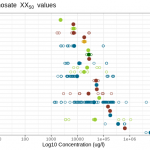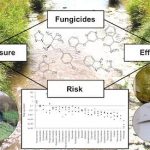Predicting effects of chemicals in ecosystems is complex due to many factors that influence the action of chemicals. Moreover, understanding chemical effects in ecosystems requires the integration of multiple levels of biological organisation such as cells, organs, organisms, whole populations, communities or ecosystems, which is rarely done. In this blogpost, Anke Schneeweiss and her research team provide a framework for how to integrate these levels by delineating connections between different ecotoxicological perspectives.
Continue readingAvenues for future research to predict the effects of chemicals





